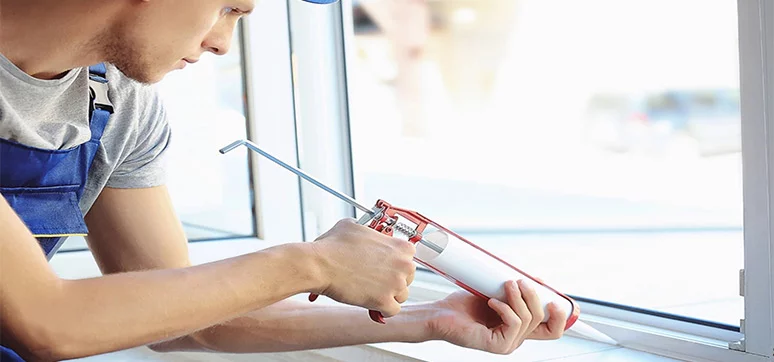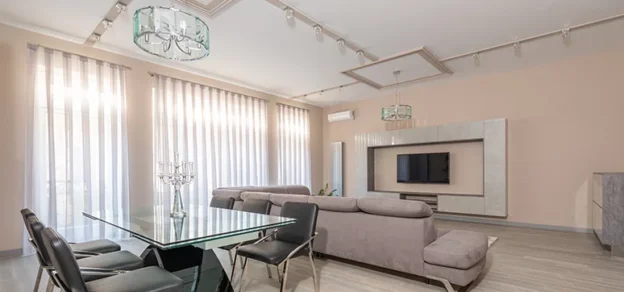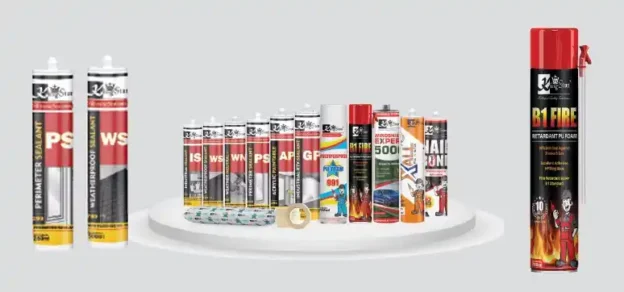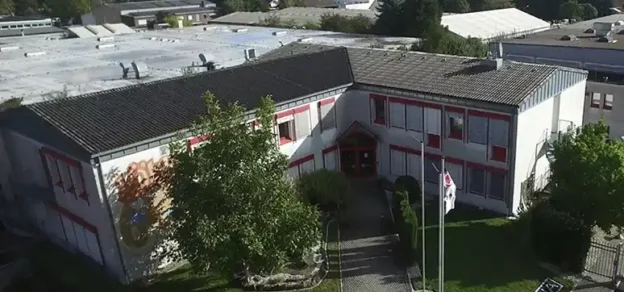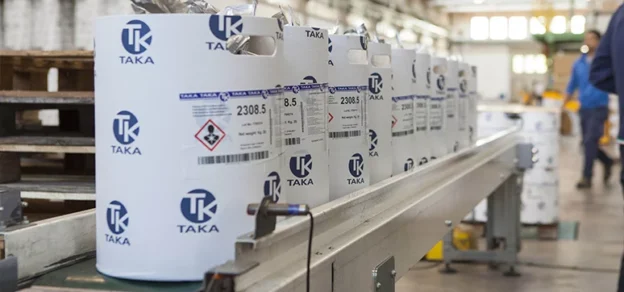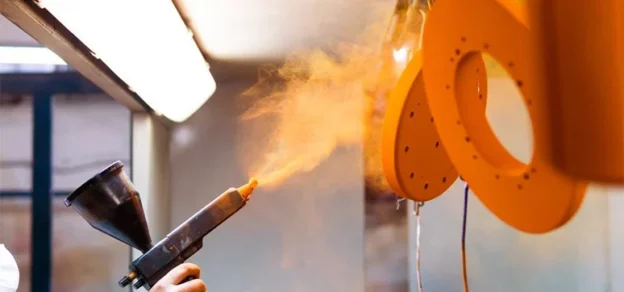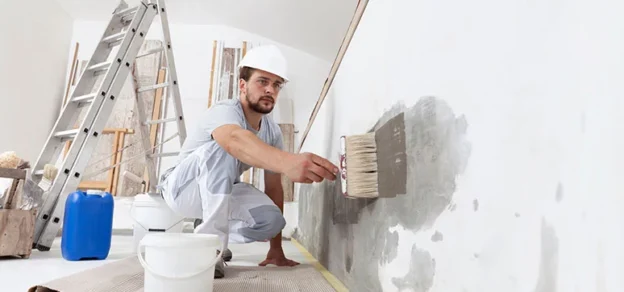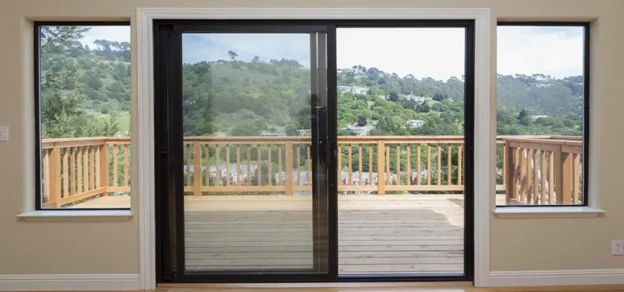Sealant is a substance that seals a surface to prevent fluids from passing through surfaces and mechanical joints. Sealants in construction are used to seal cracks, joints in concrete roads, expansion joints, and fill gaps between concrete. They are generally used to close the small openings between surfaces, where other materials like concrete or mortar can’t be used. There is a wide variety of sealants having different properties and applications. The sealants should be chosen based on the suitability of an application, requirements of the substrates, and cost.
Here, we have tried to provide information on several different types of sealants in construction.
Types of Sealants:
- Acrylic sealants– It is a water-based, synthetic ingredient used for jointing and filling cracks and caulking in home construction. Acrylic sealants are UV stable suitable especially for exterior applications, where low movement is required. They are applied on different surfaces to cover the gaps and are usually flexible even after applying paint.
- Butyl Sealants– They are widely used for glazing window perimeters and curtain wall systems, where adhesion to rubber materials is needed. Butyl sealants have limited movement capability but are good in adhesion. They have poor abrasion resistance and should not be used for demanding construction applications.
- Silicone sealants– Silicone sealants have excellent thermal resistance, good dynamic movement capability, long life, and durability. They are used for bonding glass or metal to frames. Silicone sealants easily adhere to almost every building material such as vinyl, ceramic, aluminium, and wood.
Silicone is used as sealants for water leakage as they form water-tight, durable seals to keep the weather out waterproof kitchen and bathroom corners. They are highly effective and the most expensive sealants in construction.
- Polyurethane– Polyurethane sealants adhere well to a wide range of substrates and are easy to apply, as they require minimal surface preparation. They have excellent resilience to abrasion, high movement capability, and stronger adhesion. They are used for a variety of industrial applications due to their high UV resistance and strong adhesive characteristics.
- Latex– Latex is a water-based sealant that is popular for residential use because of its ease of application and ability to adhere to many different surfaces. Latex sealants are best suited for interior finish applications, where gaps/voids are small and movement is minimal. Another advantage of these water-based sealants is that they are paintable and less expensive than other building sealants.
- Polysulfide– Polysuphide is used as building sealant in joints like basements, glazing frames, ceiling joints, floors, roofs, external walls, cladding, etc. They have excellent flexibility even at low temperatures, involve minimal shrinkage, and can be used for underwater applications. Furthermore, these types of sealants are generally more expensive than other comparable home sealants and require additional safety measures for protection.

Protective coatings and sealants have various uses from protection to aesthetics in construction. They are applied to various surfaces to provide durable protection, such as avoiding rust and corrosion in metal materials and improving surface properties, including appearance, washability, adhesion, weather, and scratch resistance. The common construction coatings widely used are acrylic, epoxy resin, and polyurethane coatings. No type of sealant is superior or inferior to the rest. Moreover, it’s important to choose the right type of sealant and coating according to the application of the area to finish the job smoothly and prevent safety issues along the way.
Writer Credit: Ar. Jahnavi Malhotra
